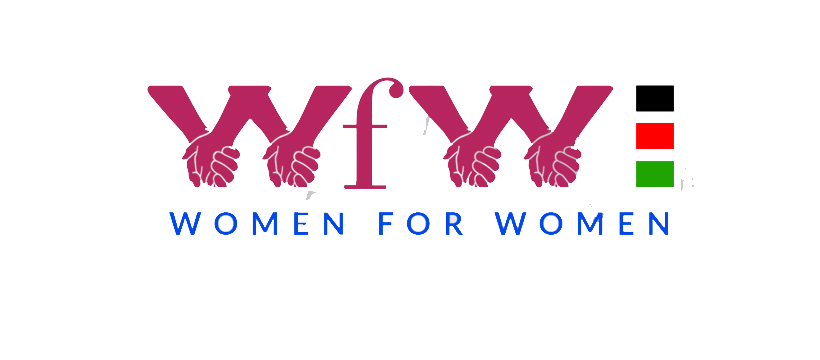Abortion in the first trimester (up to 12 weeks of pregnancy) is, when provided correctly, one of the safest medical procedures. However, when abortion care is unsafe — performed by untrained providers, with improper methods, or in unhygienic conditions — complications can be life-threatening.
The Biggest Cause of Deaths: Severe Bleeding (Hemorrhage)
The leading cause of abortion-related deaths during the first trimester is excessive bleeding. This most commonly occurs because of:
- An incomplete abortion (retained products of conception that continue to bleed).
- Incorrect use of medical abortion drugs (wrong doses or wrong timing).
- Unsafe invasive methods that injure the uterus or surrounding organs.
- No access to emergency care when heavy bleeding starts.
Severe blood loss can quickly cause shock and organ failure if not treated promptly
Other Important Causes
- Infection (Sepsis): Resulting from poor aseptic technique, contaminated instruments, or delayed treatment.
- Uterine perforation: Injury from unsafe instrument use.
- Toxic reactions/poisoning: From ingesting or inserting harmful substances or objects.

How These Deaths Can Be Prevented
Almost all first-trimester abortion deaths are preventable. Key prevention steps include:
1. Use Safe, WHO-Recommended Methods
- Medical abortion: Mifepristone followed by misoprostol, or misoprostol alone when indicated — used according to clinical guidelines.
- Surgical abortion (MVA): Manual Vacuum Aspiration performed in a registered facility by trained staff for early pregnancy.
2. Seek Care from Trained, Licensed Providers
- Ensure clinicians are qualified (doctors, clinical officers, or trained nurses) and work in regulated facilities.
- Avoid unlicensed “backstreet” providers and dangerous DIY procedures.
3. Timely Follow-Up and Confirmation
- Attend a post-abortion check-up to confirm the uterus is empty (clinical exam or ultrasound as needed).
- Treat incomplete abortions quickly (e.g., completion with MVA or appropriate medical management).
4. Recognize and Act on Warning Signs
Seek immediate care if you experience:
- Bleeding that soaks more than 2 pads in an hour.
- Very severe abdominal pain not relieved by medication.
- High fever, chills, or foul-smelling discharge (possible sepsis).
- Dizziness, fainting, or signs of shock.
5. Ensure Infection Prevention and Emergency Readiness
- Maintain strict aseptic technique during procedures and provide prophylactic antibiotics when clinically indicated.
- Facilities should be able to manage heavy bleeding (IV fluids, blood transfusion access, referral pathways).
6. Education, Reduced Stigma & Improved Access
- Community education reduces delays in seeking care and discourages unsafe methods.
- Non-judgmental counseling helps people seek timely, safe services.
Short FAQ
Q: Is abortion safe in the first trimester?
A: Yes — when provided by trained professionals using recommended methods, first-trimester abortion is very safe.
Q: Can medical abortion be done at home?
A: Medical abortion can be part-of-care at home in some settings, but it must be prescribed by a clinician who can give correct dosing, indications, warnings, and access to emergency care if needed. NEVER use pills without clinical guidance.
Key Takeaway
The biggest cause of death during first-trimester abortion is severe bleeding, usually resulting from unsafe or incomplete procedures. With safe methods, trained providers, timely follow-up, and access to emergency care, nearly all these deaths can be prevented.
Women for Women Kenya — We Are Here for You
We provide safe, confidential, and non-judgmental reproductive health services, including: pregnancy testing, safe abortion care, post-abortion care, counseling, follow-up, and teleconsultations.
Contact:
📞 Call/Text: 0700 811 528
📧 Email: kenyawomenforwomen@gmail.com
Your health, your life, your choice — do not risk unsafe care.




